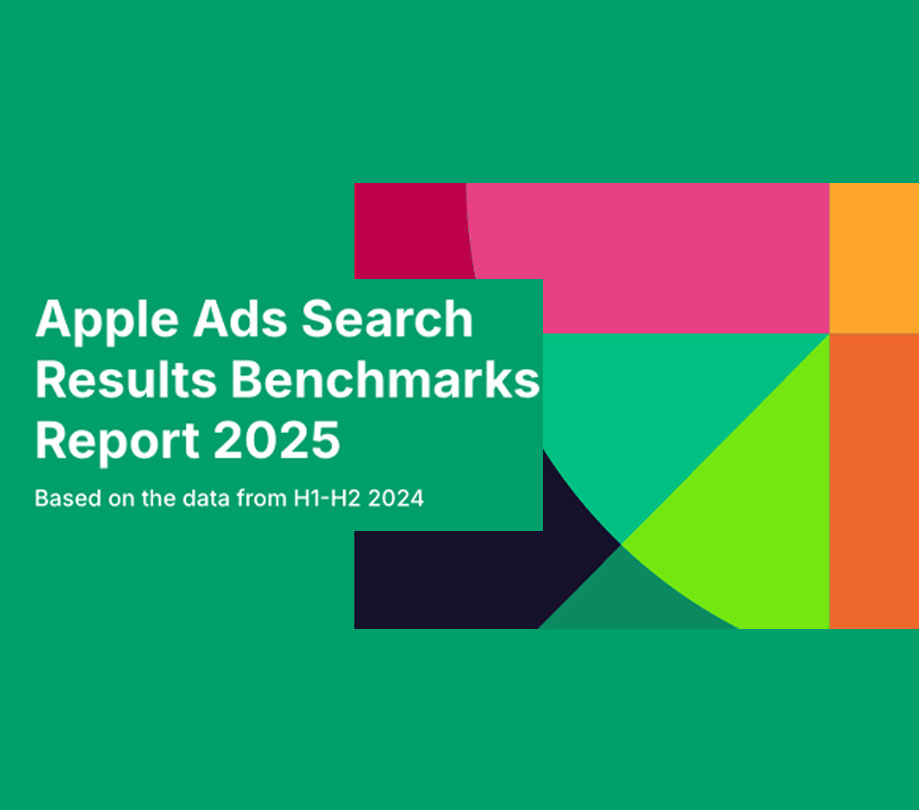Implementing AI technology while overcoming legacy systems
Friday, January 4, 2019

|
Jason Cottrell |
Tackling artificial intelligence systems in your business can be tricky when there is legacy software to overcome. Here is some advice on implementing AI carefully without totally unraveling your old systems.
Legacy software is not great.
That may not be a fair position to take on all legacy software, but it’s a fairly safe starting point for most of it. Typical legacy software is difficult for users to work with, prone to issues and glitches, and worst of all, doesn’t play nicely with other systems. Again: legacy software is not great.
There are a number of barriers to overcome, but replacing systems completely is not only financially untenable for most, but can be organizationally irresponsible, too. This is especially true when introducing new technologies like artificial intelligence (AI), where the landscape is still evolving rapidly.
And the truth is, while legacy software may not be great, it is getting the job done every single day for hundreds of thousands of people at the world’s most influential companies, so it’s not the worst either. “Needing improvement”, which is how most legacy software would be classified on a report card, doesn’t mean we should chuck whole systems out.
It does mean we need to find ways to work with legacy software when implementing AI, however. So how do we get there? Primarily by overcoming some significant data hurdles.
Step 1: Establish a plan
When working with AI one of the biggest and most consistent challenges that our customers face is with their data: the quality of the data and silos within the data. Since data is one of the primary pieces of the AI puzzle, it’s an essential first investment point. Figuring out how you’ll gather, analyze, and share data across departments in order to reap the benefits AI offers is a crucial part of managing the legacy system gap.
Organizations need to begin, as with any new tech implementation, by taking stock of what they have. Start with an in-depth research phase and an examination of your goals and objectives to help you create a realistic plan for what can be achieved with your pre-existing systems.
What data are you already collecting? Is it the right data (i.e. will it provide meaningful insight into the business challenges you’re facing)? How is it being collected? Analyzed? Shared? Identifying the challenges and opportunities within the data will provide a clear path forward for tackling the more sticky implementation challenges down the line.
Step 2: Collect and analyze
Now that you know both what data is being collected and what data points are missing, your next move is to begin gathering the missing data to help fill in the information gaps. The good news is this doesn’t require a massive system overhaul - it’s often a simple additional software component that gets layered in or even just a few lines of code added onto your existing framework. Where it gets complicated is in the quality of that data, which can vary significantly (especially as you begin collecting it).
AI is really only ever going to be as good as the data it’s working from, so dealing with data quality issues is important. But it can also be easier to tackle than most people realize. Part of how we do this is by starting to build experiences and models that work from the existing data, but that work from it in the context of confidence intervals.
For example, when we have high confidence that this data in this scenario is good, we can act on it in one way, but when it’s in another geography or day or use case and it’s not as certain, we can approach it differently. Treating data this way allows you to move forward, acting on the data sooner but in more judicious ways. And in acting sooner, you can start to build models and frameworks that can extract more meaningful data. This means over time, the confidence in the data grows and we can adjust our actions based on what we’re able to learn.
Step 3: Share the data
Being able to see how specific data is connected to the larger business puzzle and any factors that impact that data is a crucial factor in the success of any AI implementation. But unlike data quality concerns, the issue of data silos can be a bit tougher to solve (and are especially common in legacy software scenarios).
When legacy systems don’t connect and communicate with one another, either a heavy dose of manual effort has to be expended to share information across departments and teams, or a lot of information is just not getting to the people and places it’s needed. Neither is particularly workable and both will stop your AI efforts in their tracks.
As long as it’s just a software issue, however, it can usually be managed (though the effort behind that varies). Creating programs and systems that can be overlaid onto legacy software means you can sidestep those blocks and find ways to channel the information where it needs to go, even if it is somewhat indirectly. This is where your early research, which should provide a sort of user journey through all the touchpoints, comes in handy. You’ll have insight into where the informational black holes are and can begin to focus your software solutions around those areas.
More difficult is when the silos are organizational and not software based. Peter Wuerr, Head of Platform Strategy at Myplanet, says, “It has to start from the top. Leaders at an organization need to be thinking about that overall journey and what the important behaviors and interactions to collect are without thinking about the silos in which they exist.” It’s why he advocates for an “event-based architecture”, which enables a more real-time look at the most important points of data. Businesses can begin to assess the biggest, broadest trends without having to go too in-depth in any one category. These are often the most impactful changes and can set the stage for advocating for greater intradepartmental transparency as the changes show success.
Legacy software can bring challenges you can’t predict— every system is different and the ways it interacts with new technology can mean that something you’ve never encountered before becomes a make-or-break issue. But there are also commonalities that you can prepare for. And when working to bring AI on board, those common challenges can be managed fairly easily. Research your current system and how data is being used in it and make a plan for how you want to harness it going forward. Begin to upgrade and fill in the knowledge gaps by gathering data where you weren’t before. And finally, begin to break down some of the barriers—both technological and organizational—that keep the data segregated and separate so that the whole organization can begin to benefit.
This content is made possible by a guest author, or sponsor; it is not written by and does not necessarily reflect the views of App Developer Magazine's editorial staff.

Become a subscriber of App Developer Magazine for just $5.99 a month and take advantage of all these perks.
MEMBERS GET ACCESS TO
- - Exclusive content from leaders in the industry
- - Q&A articles from industry leaders
- - Tips and tricks from the most successful developers weekly
- - Monthly issues, including all 90+ back-issues since 2012
- - Event discounts and early-bird signups
- - Gain insight from top achievers in the app store
- - Learn what tools to use, what SDK's to use, and more
Subscribe here












